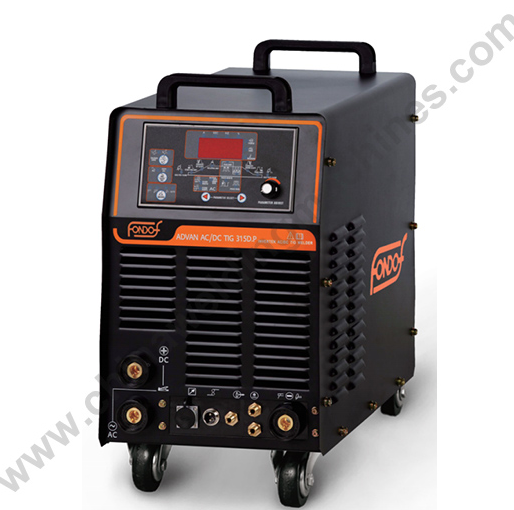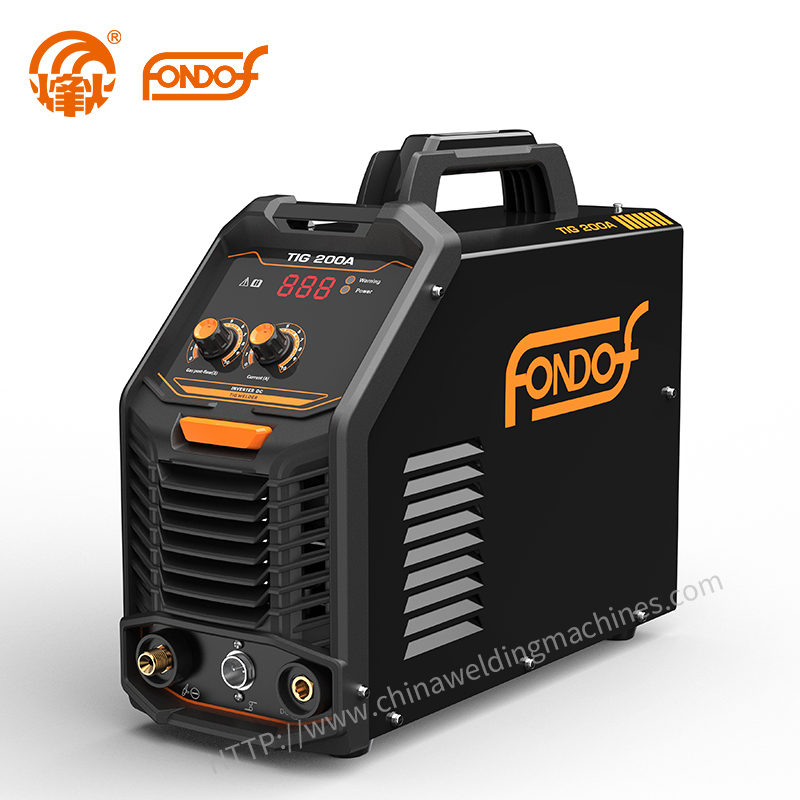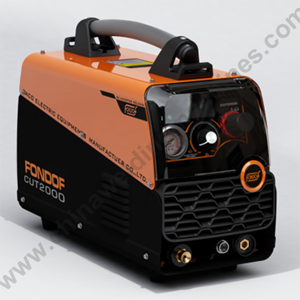Arc Welding: What's the Difference Between AC and DC Welding?
 Sep. 20, 2024
Sep. 20, 2024
For those without welding experience or certification, the variety of welding methods can be confusing, especially when it comes to the difference between AC and DC arc welding. Both techniques are commonly used and have distinct characteristics and applications. Read on to explore the key differences between AC and DC arc welding, and their proper uses.
What Do AC and DC Mean?
The bottom line difference between these two welds has to do with polarity. AC means alternating current and DC means direct current. In other words, DC uses a single polarity that could be negative or positive, whereas AC uses an alternating polarity between DC positive and DC negative. There are certain benefits to both types of welding and it takes different equipment to produce each one.
Advantages and Disadvantages of DC Welding
DC welding is often the preferred method for most welding applications due to its smoother output, reduced spatter, and more stable arc compared to AC welding. It also offers deeper penetration into the weld metal, resulting in a stronger bond in many cases.
However, DC welding has its limitations. It is not ideal for welding aluminum, as it cannot generate the required heat. Additionally, it struggles to address arc blowback issues, where the arc wanders or loses stability. Another drawback is the higher cost of DC welding equipment, as it requires an internal transformer to convert the current.
Advantages and Disadvantages of AC Welding
Many of the limitations of DC welding are where AC welding excels. AC welding supports higher temperature welding, making it ideal for working with aluminum and removing oxide layers from the metal. It also resolves arc blow issues, and the alternating current provides better stability when welding magnetic materials.
Additionally, AC welders are more affordable since they don't require an internal transformer, making them a great option for beginners. However, AC welding has its drawbacks. It offers less control and reliability compared to DC welding, produces a rougher weld, and tends to generate more spatter.
Is AC or DC Welding Better?
DC welding is generally the preferred choice for most applications due to its smoother, more controlled welds. However, for specific tasks or certain metals like aluminum, AC welding can be the better option. For beginners or home use, the decision largely depends on the type of work needed, but AC welders are more affordable, making them a good starting point for learning the basics or completing smaller jobs before investing in a more expensive DC welder.
Another important consideration is the power requirements. AC welders are more versatile as they can operate on standard 110-volt outlets, while DC welders need a 220-volt outlet, which may require additional wiring and cost. This can be a significant investment, so it's advisable to gain more experience with welding before upgrading to a DC welder.





























